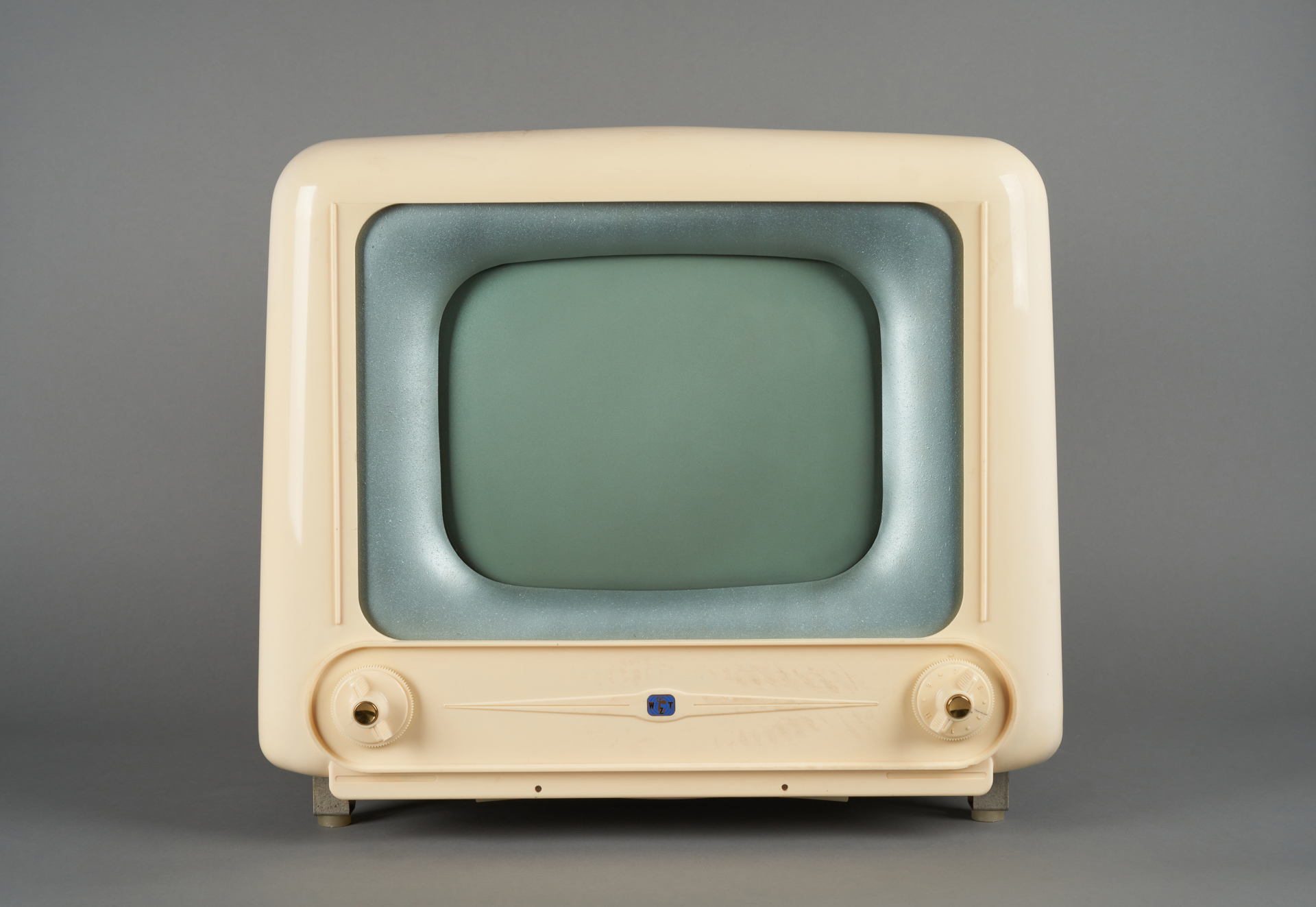
Jantar OT 1492 television set
Warszawskie Zakłady Telewizyjne, / 1960Creator
Warszawskie Zakłady Telewizyjne
Time and place of creation
Time:
1960
Place:
Poland
The purpose of the Jantar OT 1492 television set, manufactured by the Warszawskie Zakłady Telewizyjne (WZT) in 1959-1960, was to receive television broadcasts. In terms of the electrical system, it is a mains-powered, twelve-channel superheterodyne with a black-and-white CRT and diversified audio reception methods. The television receiver was developed as one in a series of devices named after precious stones. They included the Szmaragd and Turkus receivers, which only differed from the Jantar in terms of the housing and the CRT size. The Jantar, Turkus, and Szmaragd had identical electronic systems developed with the maximum possible use of mechanical parts and components from the preceding Belweder model manufactured by the WZT in 1955-1957. The Jantar is an example of an innovative approach to designing utility objects. This is a television receiver model in which, for the first time in Poland, a combined housing is used, utilising plastics (produced in different colours). It is a combination of a metal box and a polystyrene front. It was lighter and cheaper to produce than the previously used wooden housings. An unquestionable advantage of the solution applied in the design is the complete isolation of the housing from the chassis of the receiver, which prevents the risk of an electrical shock. The housing has a streamlined shape, which was achieved by additionally softening the edges and corners with arched or semi-circular profiling. For its time, the receiver was distinguished by its modern appearance, which fully embodied the design aesthetics of the 1950s and 1960s.
Authors: Piotr Turowski, Filip Wróblewski
Jantar OT 1492 television set
Warszawskie Zakłady Telewizyjne, / 1960Creator
Warszawskie Zakłady Telewizyjne
Time and place of creation
Time:
1960
Place:
Poland











